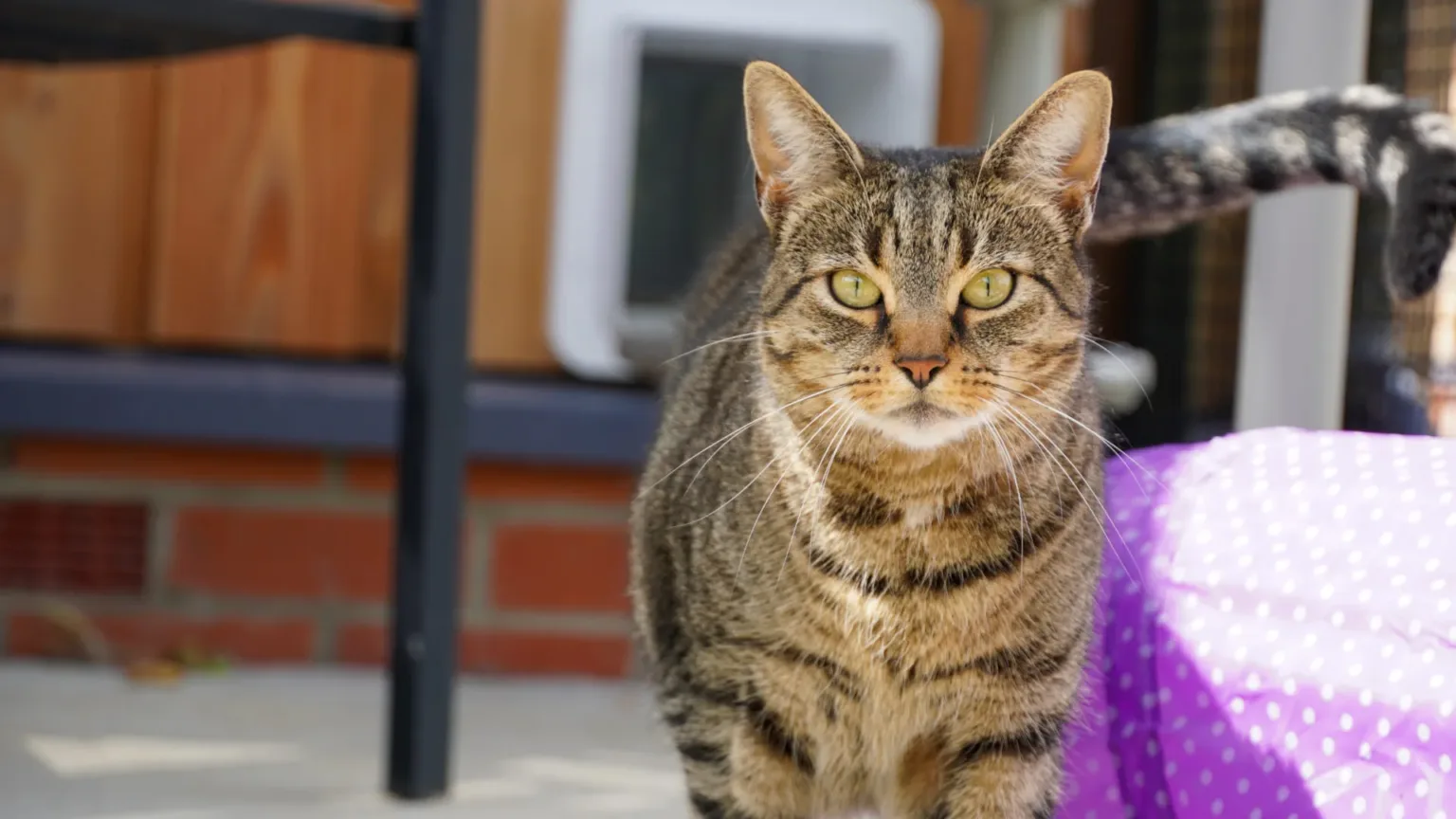Ever feel like your dog is trying to tell you something?
Consider us your pet-to-human dictionary. Ask us anything!

It’s important to look after your cat’s teeth to prevent dental disease. Here are a few things to look out for, how to reduce your cat’s chances of getting it and how to manage the problem.
It’s important to look after your cat’s teeth to prevent dental disease. Whilst it’s fairly common in older cats, younger cats are also at risk. Here are a few things to look out for, how to reduce your cat’s chances of getting it and how to manage the problem.
Preventing dental disease
When it comes to taking care of your cat’s teeth, diet is an important factor. Feeding your cat, the right foods will help prevent dental issues. Allowing your cat to eat kibble or something that rubs against their teeth can be an effective way of preventing a build-up of tartar and plaque. If you’re worried about your cat and their dental health, we would advise speaking to your vet who will be able to help.
Remember, cats get a lot of water from eating wet food, so a diet of both wet and dry is best if possible.
There are specific cat toothpastes and toothbrushes available on the market. But it’s important to consider your cat before your start brushing their teeth. Many cats will be confused if you approach them with a tooth brush and start brushing. For us, it’s a normal part of our routine, but not for cats. Try to making this a worry-free experience and take things slowly. Gradually introduce your cat to flavoured cat toothpastes by having them lick it off for fingers. Then over a few weeks, introduce a soft cat toothbrush and get them used to having the outside of their teeth brushed and their gums. Remember, your cat should always be the one to feel in control and you should stop the moment they show signs of wanting you to.
If you still need help, there are certain products on the market including ‘Plaque Off’ which can further help to prevent dental disease. We recommend you speaking to your vet if you’re thinking about trying a new product.
What should you look out for when it comes to caring for your cat’s teeth?
There are three main types of dental disease in cats.
Gingivitis- Red, inflamed, sore gums – usually seen in a line where the tooth meets the gum.
This can caused by plaque and tartar, as well as viral diseases or in rare cases, feline immunodeficiency virus (FIV).
Periodontal disease– When inflammation from gingivitis starts affecting the tissue that holds the tooth in its socket. This can lead to infections, abscesses and tooth loss.
Tooth resorption – Where the tooth starts wearing away. Similar to a cavity, usually at the gumline. The reason is unknown but it can happen to cats at a young age. It’s a very painful condition resulting in broken teeth.
Gingivostomatitis – A rare, but serious type of dental disease which is difficult to control. It causes extreme swelling of the gums and corners in the back of the mouth. Cats with this condition may need to have all their teeth out, or prescribed lifelong medication.
Cats are very shy, so when it comes to their teeth, they tend to hide dental disease. It can be tricky for you to spot something’s wrong until your vet points it out. Try to look out for your cat drooling, pawing at their mouth or refusing to eat certain types of food.
When to see a vet
Seek advice from your vet if you notice any of the following:
Treatment
Depending on the severity of the condition, treatment can vary. It will usually involve a full clean and descale of the teeth under general anaesthetic by your vet. They might also take an x-ray to assess tooth root problems. In some cases, removal of teeth, antibiotics and anti-inflammatory medication will be prescribed.
After any type of dental work, it’s important to follow your vet’s advice on what type of food to give to your cat.
Top tip: You can always try soaking biscuits in a small amount of warm water to make them softer and easier to eat.
Looking for more advice?
Whether you have any questions about dental health, or need help with anything else, please don’t hesitate to contact us.